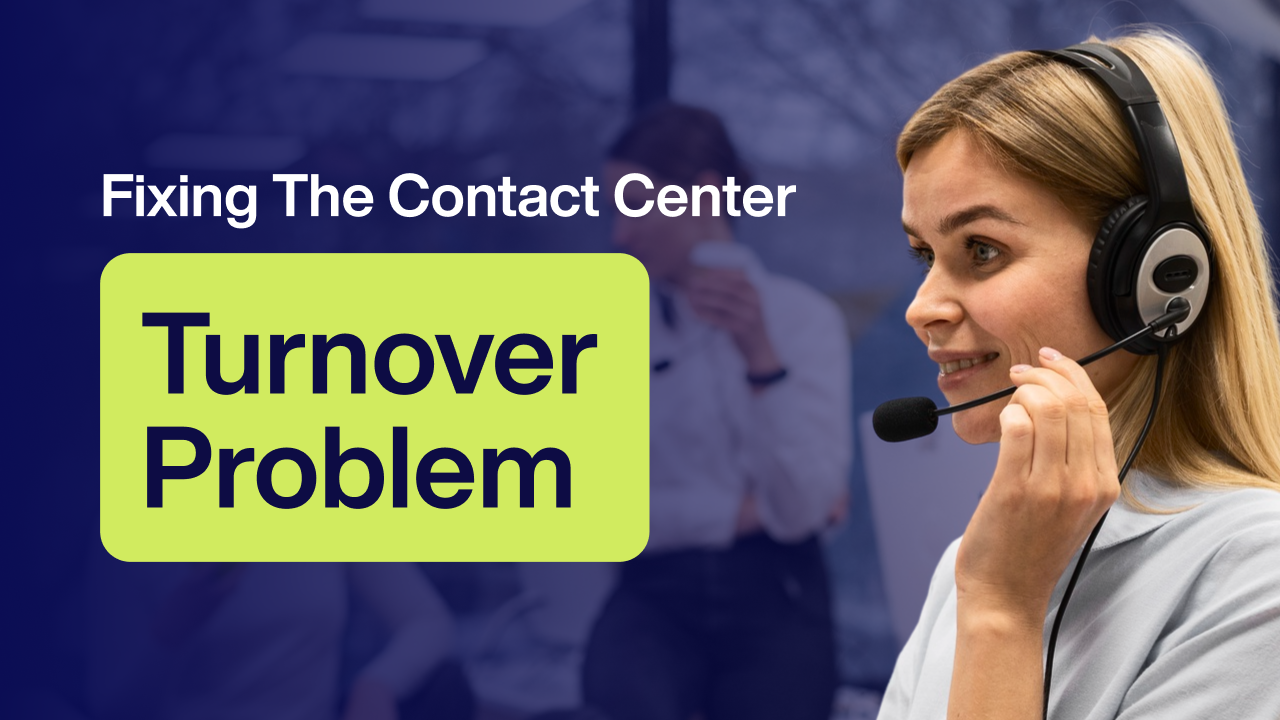Videoconferencing vs. Phone Visits: Choosing the Right Modality for Your Patients

Introduction: Navigating Telehealth Modalities in FQHCs
Federally Qualified Health Centers (FQHCs) play a pivotal role in delivering healthcare to underserved communities. The advent of telehealth has expanded their reach, offering both videoconferencing and phone consultations as viable options. However, determining the most appropriate modality for patient care involves careful consideration of various factors, including access to technology, cost implications, and clinical requirements.
Videoconferencing provides a more interactive experience, allowing for visual assessments and a closer approximation to in-person visits. Conversely, phone visits offer broader accessibility, particularly for patients lacking internet connectivity or digital devices. Balancing these modalities ensures that FQHCs can provide equitable and effective care tailored to individual patient needs.
This article explores the key considerations in choosing between videoconferencing and phone visits, highlighting the role of Artificial Intelligence (AI) in optimizing telehealth services, and presenting real-world examples to illustrate effective implementation strategies.
1: Leveraging AI to Assess Patient Access and Preferences
Artificial Intelligence (AI) can be instrumental in evaluating patient readiness and suitability for different telehealth modalities. By analyzing electronic health records (EHRs), demographic data, and previous appointment histories, AI algorithms can identify patients' access to technology, digital literacy levels, and preferences. This information enables healthcare providers to tailor telehealth offerings accordingly.PubMed Central+1ResearchGate+1
For instance, an AI system might flag patients without a history of email communication or those residing in areas with limited broadband access as better candidates for phone consultations. Conversely, patients who have previously engaged in video visits successfully could be prioritized for videoconferencing appointments. Such stratification ensures that patients receive care through the most accessible and comfortable channels, thereby reducing no-show rates and enhancing satisfaction.
Moreover, AI can assist in scheduling by predicting optimal appointment times based on patient availability and likelihood of attendance, further streamlining telehealth services.
2: AI-Driven Clinical Decision Support for Modality Selection
Beyond assessing access, AI can aid clinicians in determining the most clinically appropriate telehealth modality for each patient encounter. By analyzing presenting symptoms, medical history, and the nature of the consultation, AI tools can recommend whether a video or phone visit would suffice or if an in-person appointment is necessary.
For example, a patient reporting visual symptoms or skin conditions may benefit more from a video consultation, allowing the provider to observe physical manifestations directly. In contrast, routine follow-ups for chronic conditions like hypertension or medication management could be effectively conducted over the phone.
Implementing AI-driven decision support systems ensures that patients receive appropriate care while optimizing resource utilization within FQHCs. It also aids in maintaining clinical quality standards across different telehealth modalities.
3: Real-World Applications in FQHCs
Several FQHCs have successfully integrated AI and telehealth modalities to enhance patient care.
Urban Health Plan's AI Integration:
Urban Health Plan implemented eClinicalWorks' healow prediction algorithm to identify patients at risk of missing appointments. By targeting interventions accordingly, they increased the show rate for high-risk patients by 154% . This approach not only improved attendance but also informed decisions on the most suitable telehealth modality for each patient.
Salud Family Health Centers' Communication Strategy:
Salud Family Health Centers adopted Luma Health's Total Patient Engagement platform to streamline communication. By utilizing automated, HIPAA-compliant two-way text messaging, they achieved a 74% patient response rate and facilitated 1,556 additional appointments in one month . This strategy allowed for efficient determination of patient preferences for phone or video visits.
South of Market Health Center's Revenue Boost:
South of Market Health Center leveraged Luma Health’s platform to enhance communication efficiency. The adoption of two-way text messaging improved patient outreach and internal communication, resulting in nearly $50,000 in additional revenue by efficiently filling canceled appointments .emergingglobal.com
These examples underscore the practical benefits of integrating AI and tailored telehealth modalities in FQHC settings.
Conclusion: Strategic Modality Selection Enhances Patient Care
Choosing between videoconferencing and phone visits is a critical decision that impacts patient access, satisfaction, and clinical outcomes. By leveraging AI to assess patient access, preferences, and clinical needs, FQHCs can make informed decisions that optimize care delivery.
Real-world implementations demonstrate that integrating AI-driven tools and flexible telehealth modalities leads to improved patient engagement, reduced no-show rates, and enhanced operational efficiency. As telehealth continues to evolve, FQHCs must remain adaptable, ensuring that technology serves as a bridge rather than a barrier to quality healthcare.
Empower Your Telehealth Strategy
Is your FQHC ready to optimize telehealth services? Begin by evaluating your patient population's access to technology and preferences. Implement AI-driven tools to inform modality selection and streamline scheduling. By aligning telehealth strategies with patient needs, you can enhance care delivery and operational efficiency.
No Spam —
Just Good Stuff.
Join our newsletter for actionable advice, insider knowledge, and strategies that drive real results.
No fluff, just value.
%20(1).png)

.png)


























































.png)
.png)
.png)



.png)
.png)
.png)
.png)
.png)
.png)
.png)
.png)
.png)
.png)
.png)
.png)
.png)
.png)
.png)
.png)


















